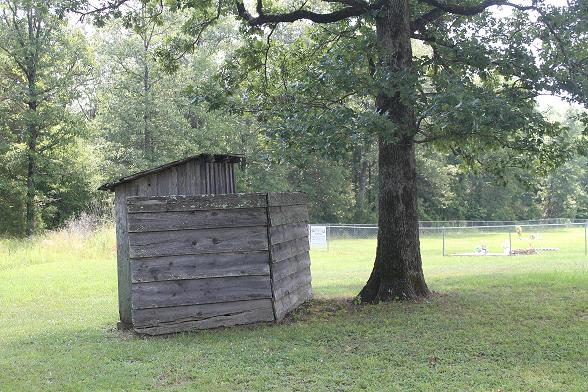

Nowadays, a trip to the outhouse is down memory lane. Driving around Montgomery County, Arkansas you can still see a rare outhouse. The one behind the Lum n' Abner Museum, in Pine Ridge, on Hwy 88, has been there for at least 30 years and it is not the original one, as it was replaced after a teenager, Mike M, in the 1970s took the bend to fast and took it out the original one. There is one behind Brushy Church that was been there for years over thirty years and functional, with a door and a privacy screen. There is now a new old one at the museum in Mt. Ida with a concrete base and toilet base, an "Eleanor", is not functional. The door looks new with a crescent moon cut in it. 'Eleanor' outhouses did not come with a crescent moon. These were cut in the door to add extra light and up high for privacy.
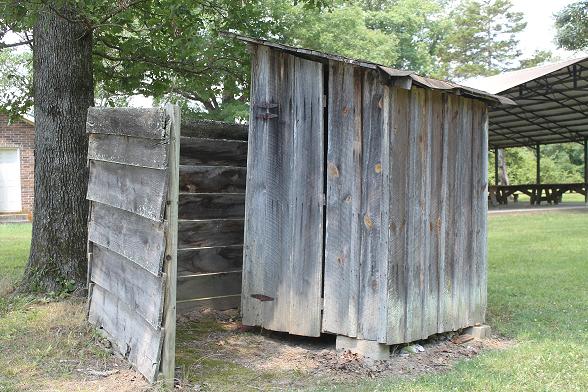
'Eleanor" Outhouse - they are little gems of folk architecture.
On the sign attached to the outhouse at the Heritage House Museum, Mt. Ida, AR. "This Eleanor style outhouse was moved from Pine Ridge. It was built in 1938 on the Kirby Hicks property. In the 1930, during FDR's administration, Eleanor Roosevelt promoted the construction of a more sanitary outhouse as a part of the WPA (Works Progress Administration). For $5 - $17, to cover the cost of materials, a property owner could have this newer style outhouse built. it has a one piece foundation and raised seat made of cast concrete placed over a hole dug in the ground. The tin roof was either A-frame or slanting. A ventilation system of screened openings allowed air to draw odors and keep out flies. The owner had to burn his old outhouse. Three-man teams would spend an average of twenty hours on the construction of each outhouse. One would dig the pit and the other two pre-cast the concrete and and prefabricated the buildings in sections. Lap wood siding was used on the outside with long vents just under the eves, and the etched WPA mark on the concrete floor. It was this concrete floor that helped improve rural health by reducing the incidence of hook worm that attacked the bare feet of country folk. These worms are able to travel up to 4 feet from the waste through soil, so outhouses are commonly made at least 6 feet deep. Many people left the door open while using the "necessary outhouse" for light and smell. Before 'toilet paper' was available, outhouses were stocked with mail order catalogs or clean corn cobs. Wood ashes or lime, kept in a bucket in the corner, would be spread occasionally to discourage files and odor. Donated by T.J. and Norman Duhon." The museum's outhouse was rescued from destruction and came with a little bit of history. The daughter of the family living there was trapped in that outhouse by a rabid dog. The WPA built roads, bridges e.g. building of the Fiddler Creek, Bull Bayou Bridge and the Lake Hamilton bridge, rock fences, schools, sidewalks, parks and many other public facilities, made inventories of county and state records between 1936 and 1943 and church records and built outhouses.
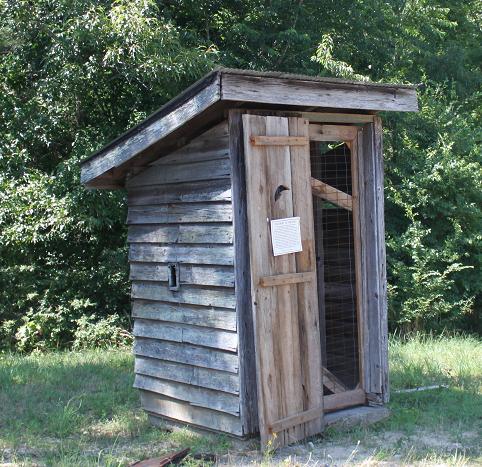
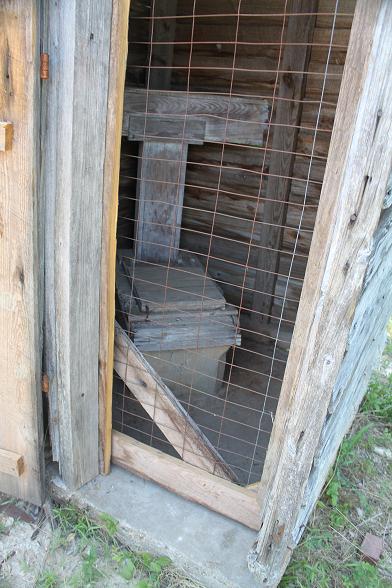
Once common, outhouses are getting harder to find. Time, neglect, weather, fire,
by-laws and indoor plumbing have left them run down and un-repairable.
Ouachita National Forest Outhouses
Sweet Smelling Toilet (SST) - the nicer vault toilet facility. They can be found at the ONF recreational areas like Big Brushy, Shirley Creek and Crystal. I like them. They blend into the environment with their earth tones, have a concrete base, utilise natural lighting, handicap assessable and are vented and you leave the seat up to stop odors and these are an odor-free model. There is one on the Talimena Scenic Drive, near Mena. It has a wide vent stack stretching at least three feet above the toilets roofline vastly improves the expulsion of odours and solar-powered fans located on the south side of the building help further to pull the fetid air from the chamber. Location is important, should be 20 feet away from trees and in the prevailing wind. Costs are estimated at up to $1,500 apiece. Briar Cook, 52, a career Forest Service employee spent 17 years conducting research at the agency's San Dimas Technology and Development Center and developed the outhouse in 1990 and now they are used in all 134 National Forests. Air flow moves down the toilet riser (the seat) and up the vent stack at all times and materials used do not absorb odors and are easy to clean. It is a “vault privy” which is set over a watertight tank. Maintenance should include regular pumping and keeping the vent stack free from cobwebs.
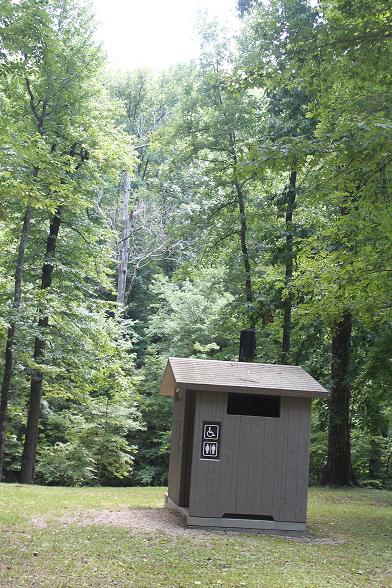
They were hardly noticed and are now disappearing.
"Don't remember seeing any toilet paper"
In the 1870s, an Englishman, Thomas Crapper, a sanitary engineer, invented the value that made the flush toilet possible. The WPA put up 51,000 privies in Arkansas. A "pit privy" is designed to allow the liquid wastes to seep into the soil. There are still some around. Mostly bare wood planks sometimes sheet metal. There were one, two or five and six seaters. School children in the 1930s in some rural schools had a five or six seater. One side for the boys and one side for the girls and no privacy and no door and they used the Sear -Roebuck catalog. During school time if child wanted to get out of classroom work he would raise one finger or two, for number one or number two to let the teacher know they wanted to go. Didn't stay there long. Of course there were spiders and bugs. Don't remember seeing any snakes.
Our Dad told us it had to last until the new catalog arrived.
Not many people could afford a fancy outhouse. Grandad's was much nicer than ours. It had two seats and a concrete floor with a concrete porch. Did see a snake on the concrete porch, sunning itself. There was no indoor plumbing and so we would go back to the house and wash our hands in the washpan.
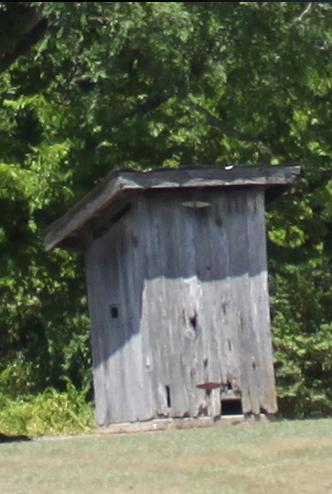
It is still in use, and we have had it dragged over to new holes
several times.
October 2010 Advert Caddo Gap
We were travelling from Norman to Caddo Gap and saw an outhouse on the left at Caddo Gap with a bold sign attached to the side of a outhouse advertising "Ron's BBQ." I sure would like a photo of that sign.
Pit toilets are vanishing in America.
By the 2000 Census, the number of Americans who lacked indoor plumbing was down to 0.6% or using an outhouse or pit toilet -- 670,000 households or 1.3 million people -- it's a huge improvement from 1950 when 27% of households or nearly a third (and over half of rural households) didn't have complete indoor plumbing. In 1940 nearly half the households lacked complete indoor plumbing and one-sixth in 1960. Complete plumbing facilities are defined as hot and cold piped water, a bath-tub or shower, and a flush toilet. States with the highest percentage of residents without complete plumbing facilities in the 2000 Census.
State %
Alaska 6.3%
New Mexico 1.8%
Arizona 1.1%
Hawaii 1%
West Virginia 1%
District of Columbia 0.9%
Kentucky 0.9%
Maine 0.9%
Mississippi 0.9%
Arkansas 0.8%
1 9 9 0 1 9 8 0 Complete Lacking complete Complete Lacking complete plumbing facilities plumbing facilities - plumbing plumbing percentage US 101,161,982 1,101,696 1.1% 84,359,133 2,333,690 2.7% AR 982,261 18,406 1.8% 841,975 46,765 5.3%
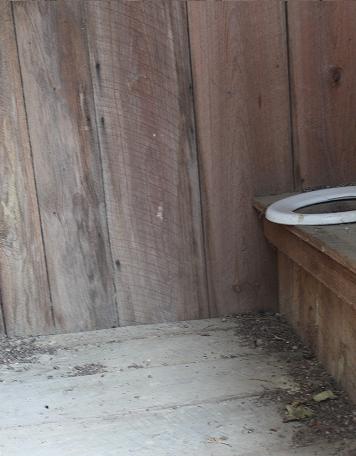
Mother would throw in a bunch of lime once in a while.